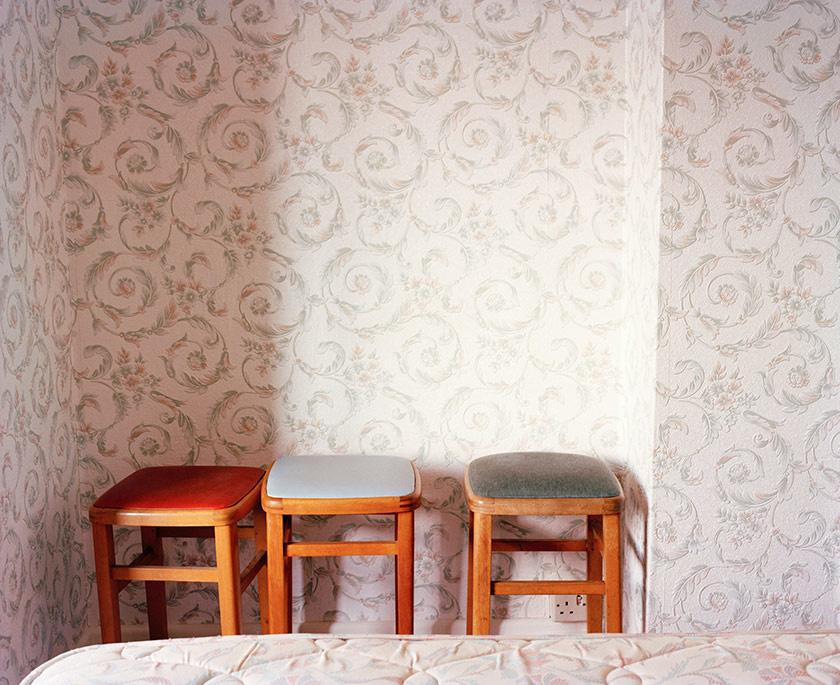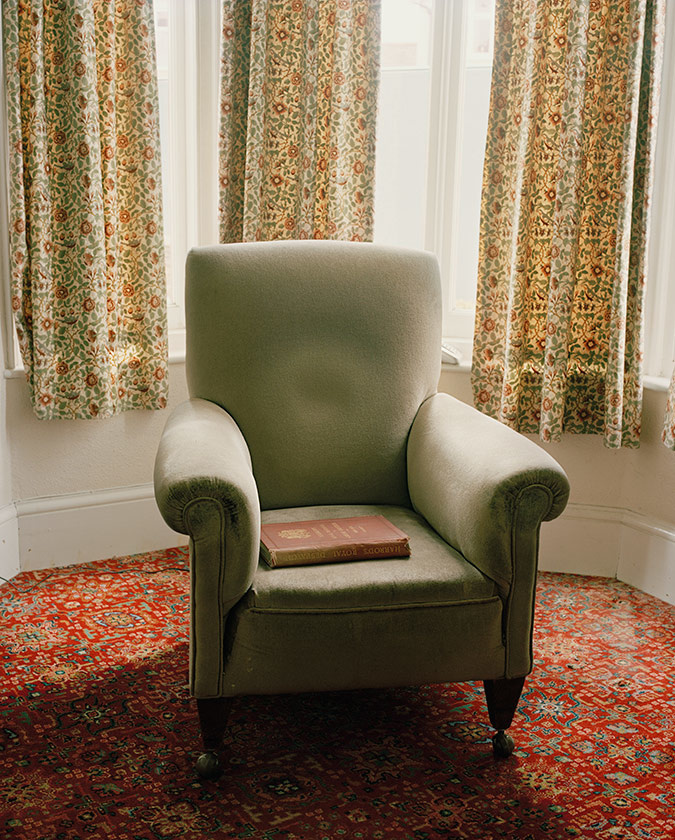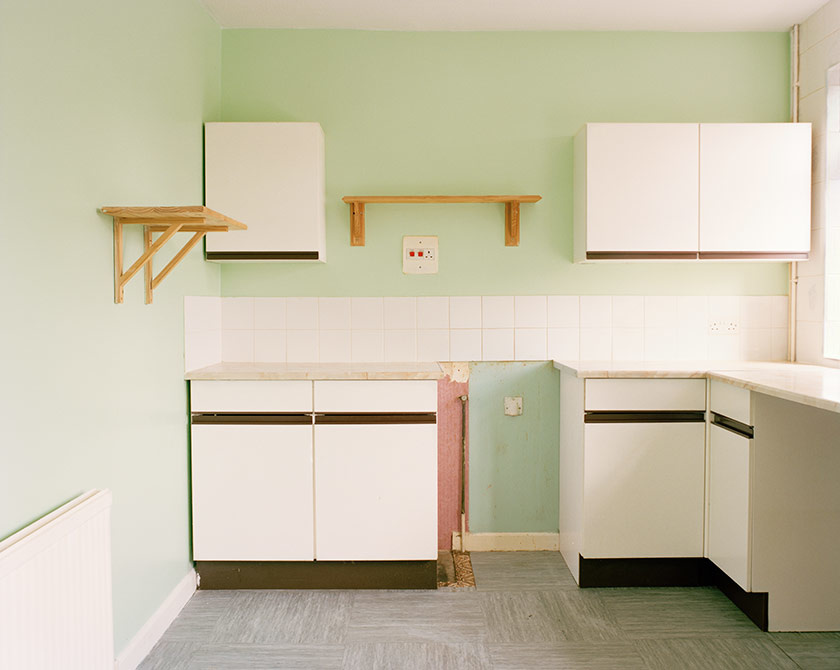Laura Blight –
Contextual and Conceptual analysis:
Laura Blight is a British photographer who, who’s interest lies within capturing traces of human activity, exploring the ideology of strange and familiarity. “Traces left by human activity are recurring themes throughout her work” (Laura Blight, 2019). In her 2010 series ‘House Clearances’, Blight captures the interior of British houses, which in most part have had the owner or tenant pass away, leading to her reoccurring theme of traces of human occupation behind. She focuses on the emptiness, objects and furniture which illustrates themselves as the only thing left behind, creating a desolation within the imagery. All these factors leads to mystery towards pass events and the previous owners, which helps to convey the conceptual representation of traces left by human activity through eerie furniture and interior design. This embodiment of work was apart of her degree project, and upon in-depth research of this photographic series, there is little to no reviews or critiques about her work.
Contextually, in 2010 London a standard house costs increased by 437% over to previous 6 years, due to the capacity and business focused area London is, but the interior suggests differently. With costs being so high, it meant residents in 2010 struggled to maintain and modernise properties. This factor may have influenced Blight to capture this series in London due to the character and vintage elements of the house, which creates a more interning to the conceptual ideology stated in the previous paragraph.
Mood Board Showcasing Laure Blight photographic Series ‘House Clearance’:
Technical and Visual:

The image above is my favourite image in Blight’s photographic series House Clearance. This is due to how the image accurately portray the conceptual representation of showing traces of human activity through interior of houses were the previous owner has passed away, and contextually showcases the rise in houses in central London. In addition, the composition allows for an interesting photograph to be viewed. The portrait image is presented in colour, which allows the character of the design to clearly be illustrated in the imagery. The chair is located in the centre of the frame, with the background being kept plain, allowing the chair to be the main focus point. In the chair you can see an indent on the back with a red book sat on the chair, which creates an eerie atmosphere and depicts the ideology of traces of human life. The formal elements presented in the image, is space, colour, tone and texture which are presented through the composition and subject found within the frame. Technically, the photograph utilises daylight, which comes from the windows in the background, suggesting natural lighting. In the image a sense of noise and texture is shown suggesting a high ISO, which also allows for the character of the interior design to be illustrated. The subject is focused and sharp which suggests a narrow depth of field and a low aperture being used when capturing the imagery, as well as the shutter speed being quick. A final clear observation to make is that the colour seems to be desaturated slightly which allows for this unique retro vibe to be showcased, and makes the conceptual representation clearer. Personally, I really like this embodiment of work, due to framing of the image and how it encapsulates you into this idea of traces of human life during an economic increase in housing prices.
Action Plan:
Understanding the way in which Blight captures imagery of the interior of housing, in order to convey conceptual representation, I intend to conduct a photoshoot were I capture the interior as well as exterior in order to convey the lifestyle of my grandparents, using the same techniques, visually and technically, as Blight.
Bibliography:
Blight, L.(2019), Laura Blight. Bio: https://www.laurablight.co.uk/about









